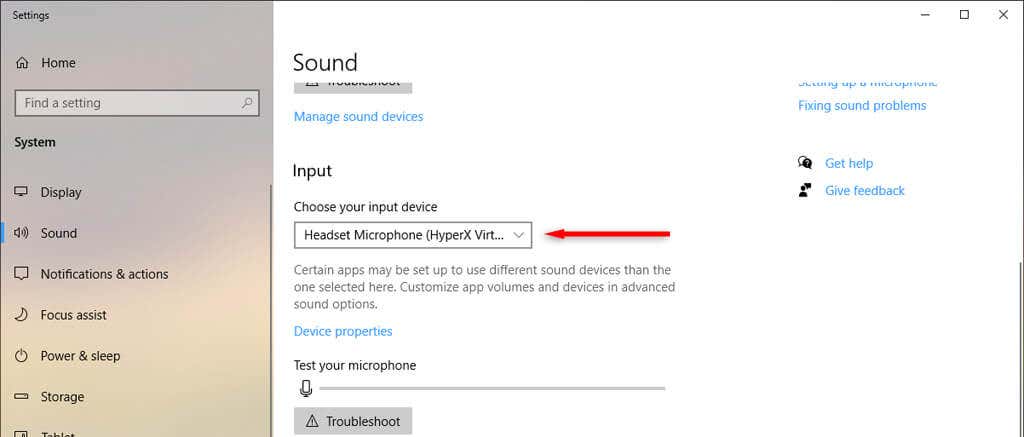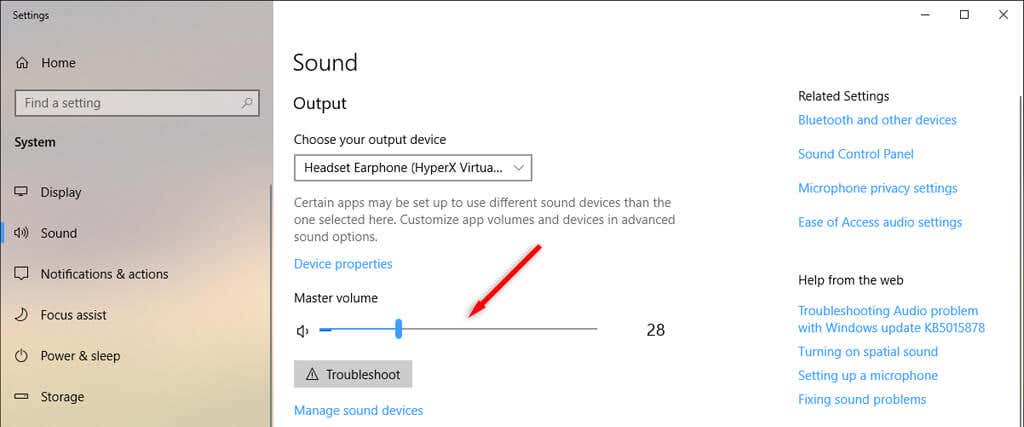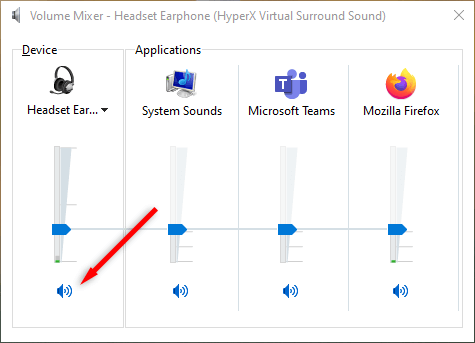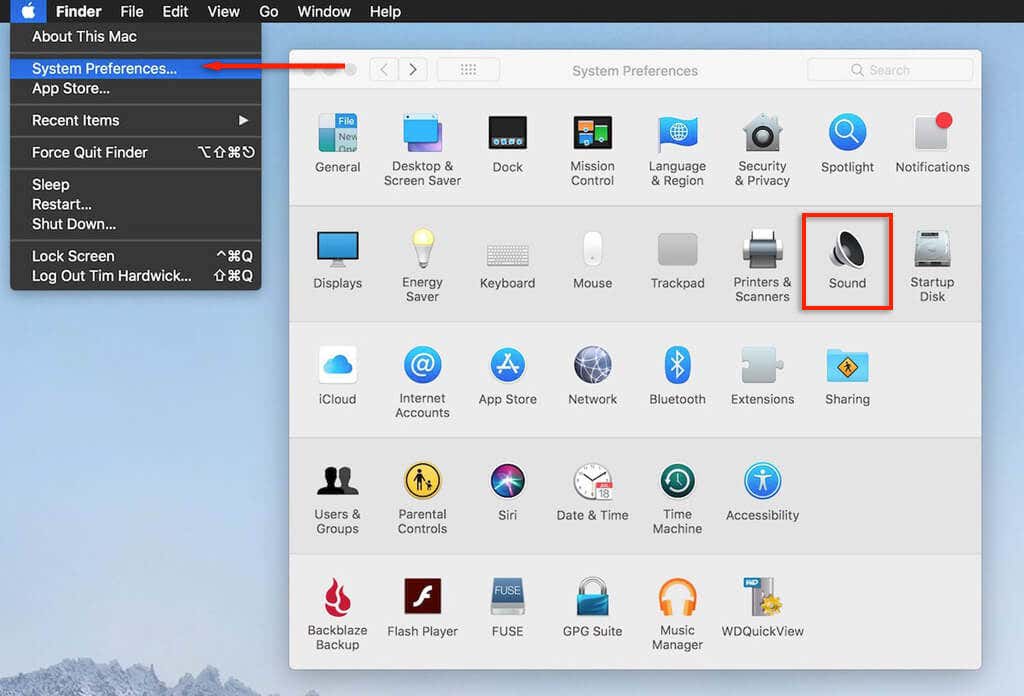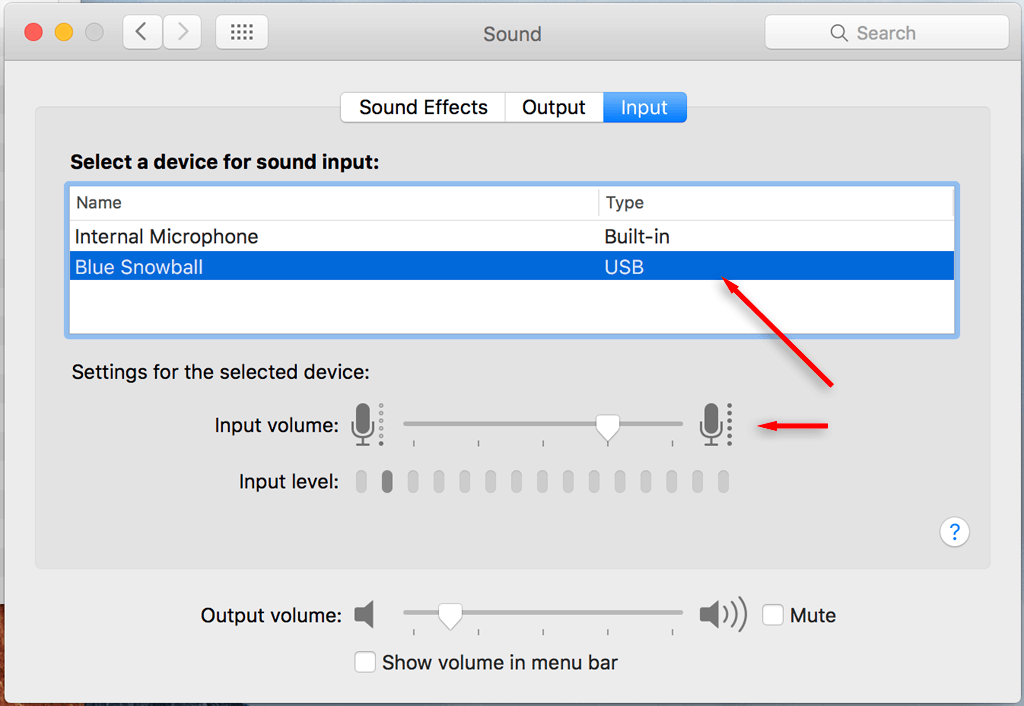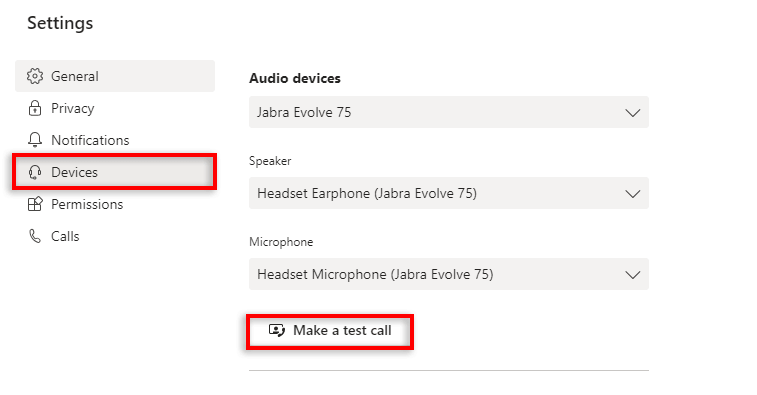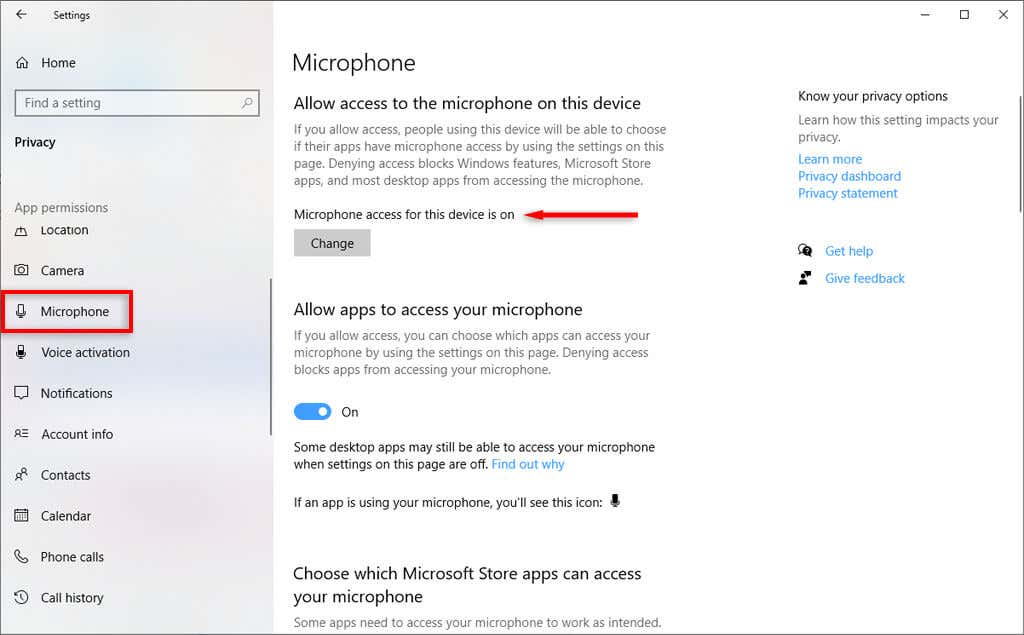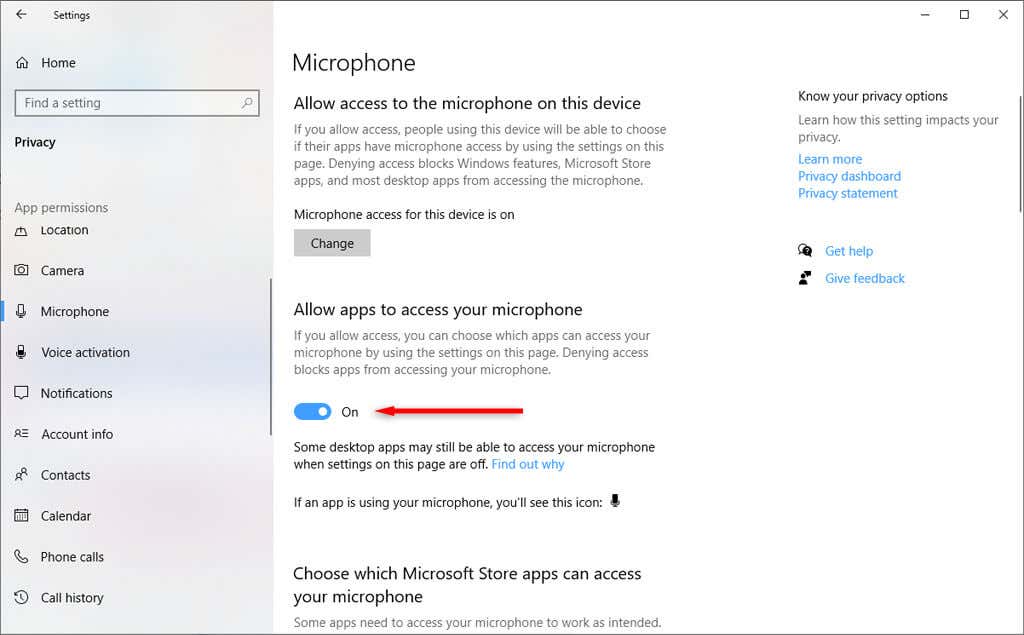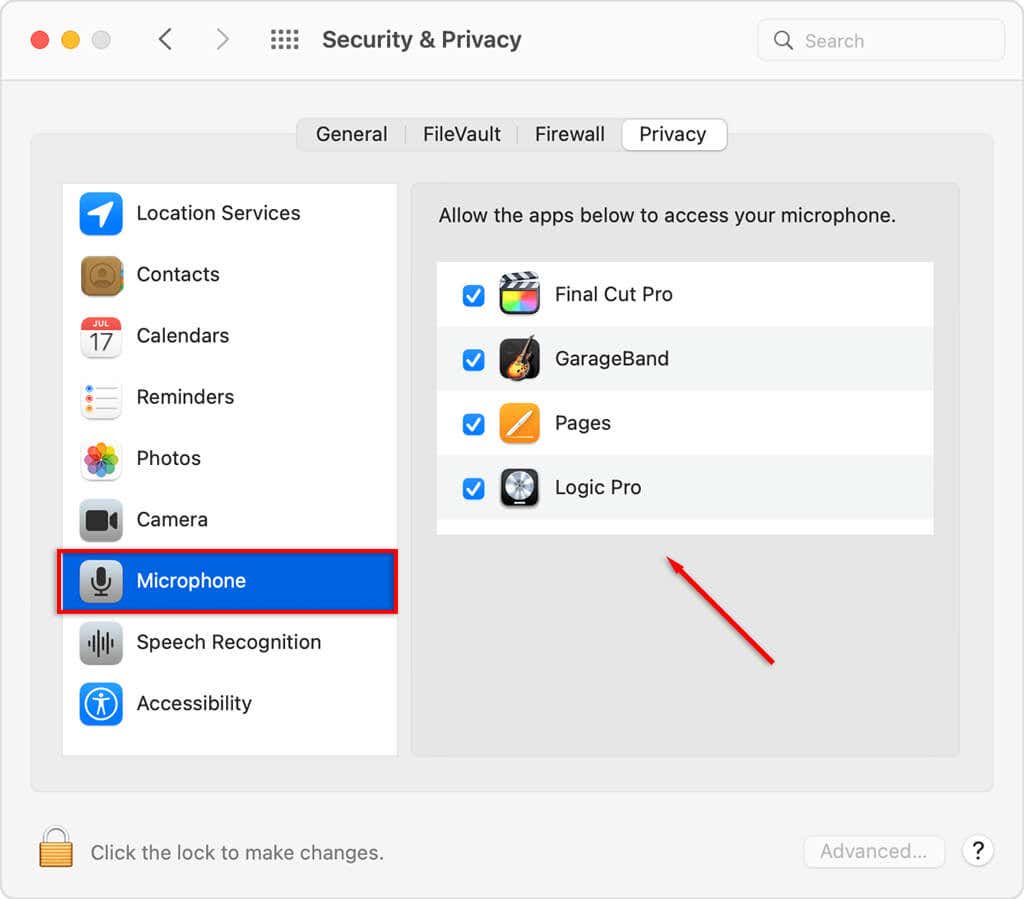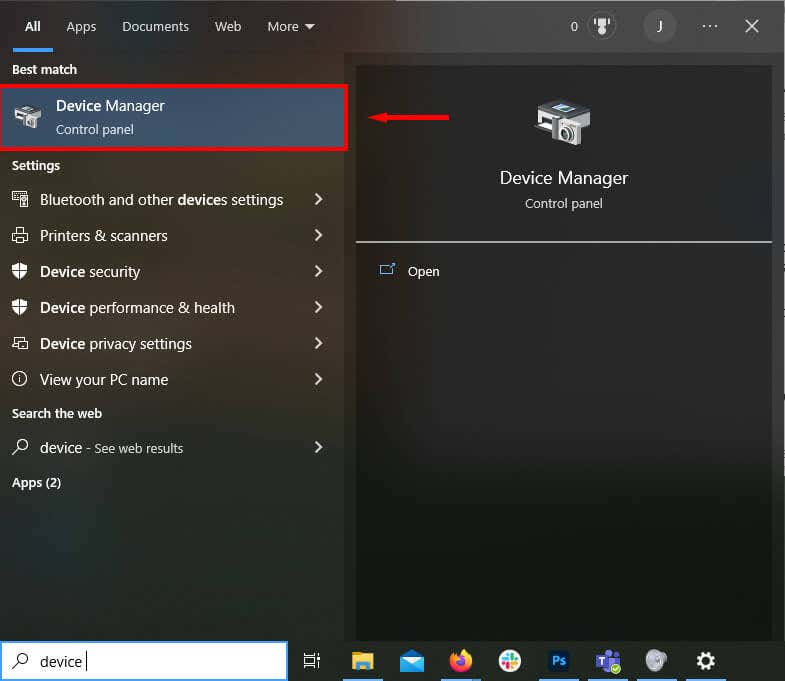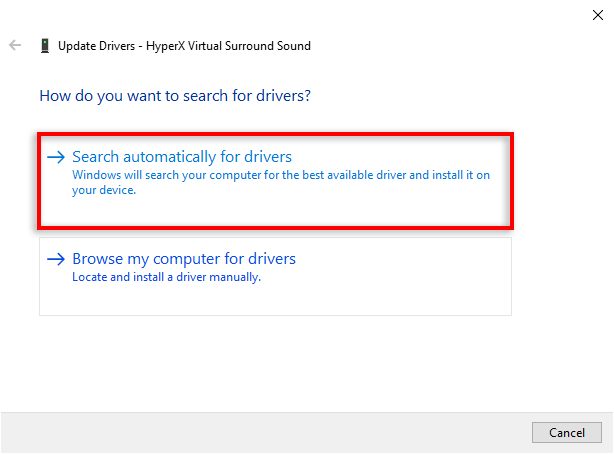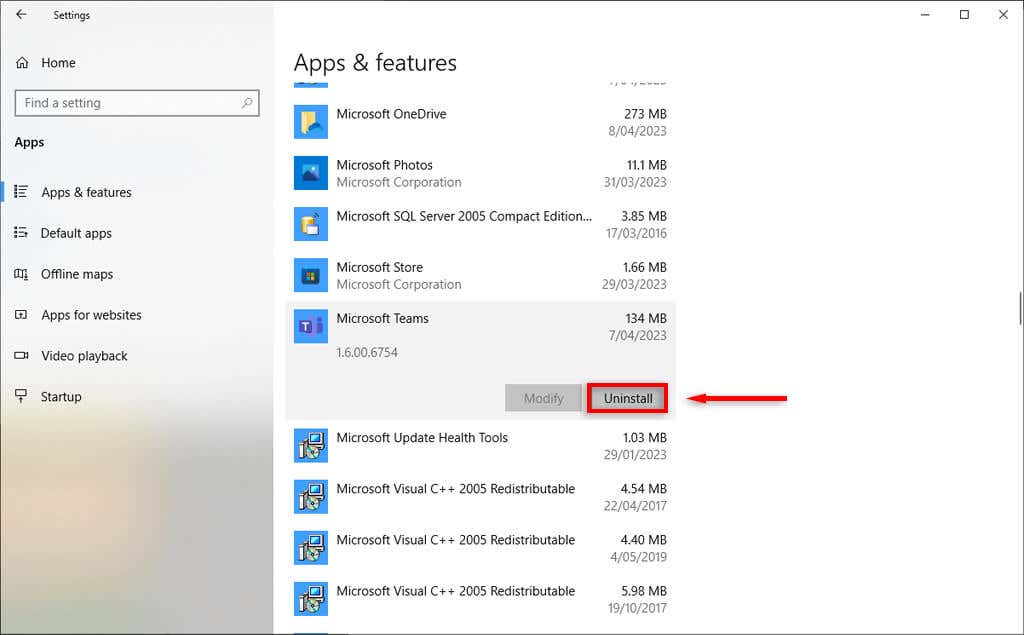In this article, we’ll provide nine troubleshooting steps that will help when your Microsoft Teams microphone isn’t working.
How to Fix Microphone or Audio Not Working in Teams
Most of the time, microphone and audio issues can be resolved quickly. They’re usually caused by something simple like software clashes, hardware faults, or simple glitches in your device’s operating system.
1. Check for Updates
The first thing to do is to check that your Microsoft Teams app is fully updated. To do so: Note: If you’re using Windows 10 or 11, check that you have the latest version. Likewise, for Mac users, make sure your device is fully updated. Occasionally, software incompatibilities can arise from the operating system being out of date.
2. Make Sure You Aren’t Muted (and Increase Volume)
You might’ve accidentally muted yourself in the Teams app. To check this, select the toggle next to the microphone icon to turn it on. You can also press Ctrl + Spacebar on Windows, or Option + Spacebar on Mac. The second thing to check is that you haven’t muted your microphone via an external mute button. Many microphone devices have mute buttons which can be accidentally pressed, and often this is the cause of sound issues. On Windows, you can check whether your microphone (or audio) has become muted in the system itself. On a Mac, you can check your audio settings as follows: To fix audio issues, head back to System Preferences > Sound and select Output. Select the built-in speakers. Make sure the mute box isn’t ticked and move the volume slider to the right to increase your device volume.
3. Reboot Your Device
Whether you’re using Microsoft Teams on Windows, Mac, Android, or iPhone, a simple restart often resolves many problems. Restart your device, then reopen Microsoft Teams. If the microphone and audio are working, great. If not, move on to the next step.
4. Check Teams’ Microphone Connection
If nothing has worked yet, it’s time to check whether Teams has access to the correct microphone or audio device. Note: You can access all of these settings via the web version of Microsoft Teams by using a browser such as Google Chrome or Firefox.
5. Check Your Device Cable (or Bluetooth Connection)
This is an obvious one for desktop users, but make sure your microphone, speakers, or headset are plugged into your desktop computer correctly. The cable may have accidentally been removed at some point. Unplug your audio device and plug it back in. If your computer recognizes the hardware, everything should work correctly. If not, your device might be broken, or your software isn’t recognizing it for some reason. If you think this is the case, check out our troubleshooting guide on how to fix common microphone problems in Windows 10 and 11. Likewise, if your external microphone is connected via Bluetooth, try disconnecting and re-pairing the device with your computer.
6. Check If Your Microphone Is In Use
Other apps can interfere with your microphone and audio. To make sure no other apps are using your Microphone or preventing microphone access to Microsoft Teams, close all other apps. These apps include Skype, FaceTime, and anything else that might override Teams.
7. Make Sure Teams Can Access Your Microphone
The next step is to check whether Microsoft Teams has permission to access your microphone in your device settings. If you’re a Windows user, you can configure your app permissions in the Windows settings: If you’re a Mac user:
8. Check Your Device Drivers
Out-of-date audio drivers can cause your webcam, headset, or microphone to stop working. Here’s how you can check whether they need updating (and update them). On Windows:
9. Reinstall Microsoft Teams
If nothing has worked so far, it’s time to reinstall the app. Occasionally, a full reinstall will remove any software glitches that are causing problems with your microphone or audio functions. To do so on Windows: To do so on Mac, open Finder and drag the Microsoft Teams app to the bin. Then, reinstall the app from the Microsoft website.
Get Heard Once Again
Hopefully, this article has helped you fix any audio or microphone issues you were having in your Microsoft Teams meetings. Now, next time you’re on a video call, your colleagues should be able to hear you loud and clear.




